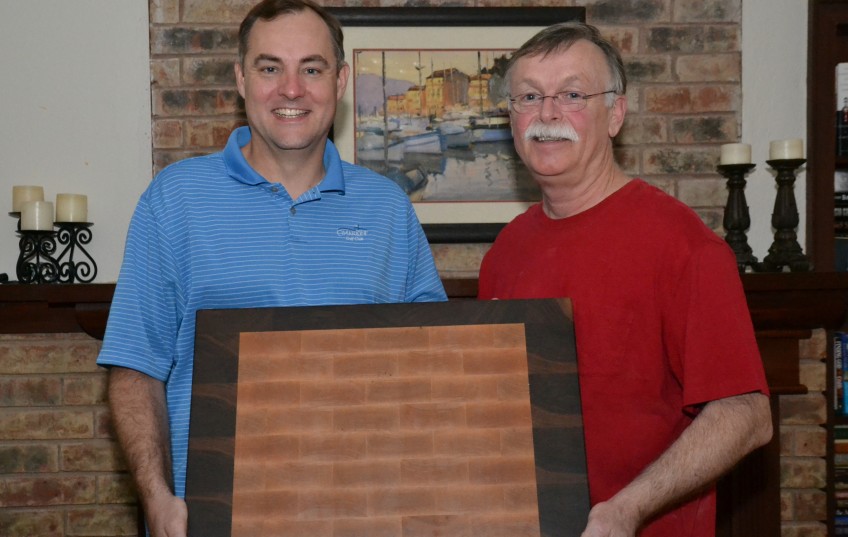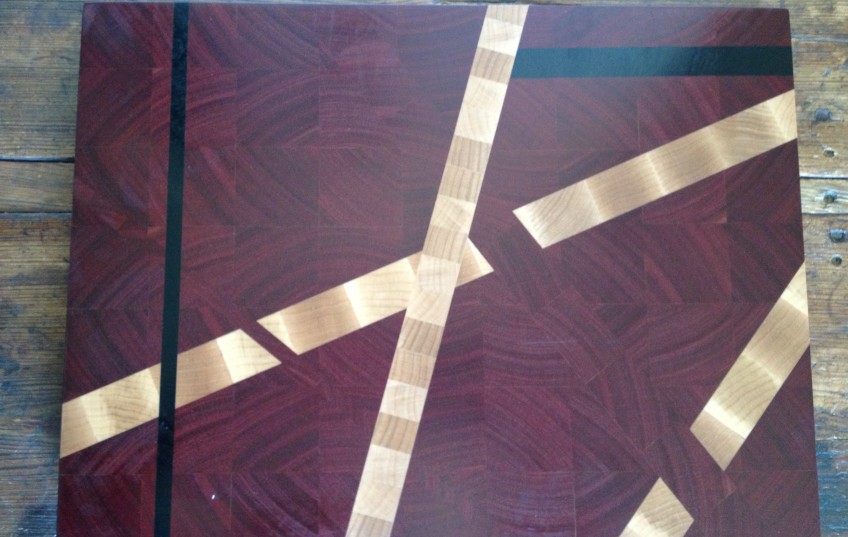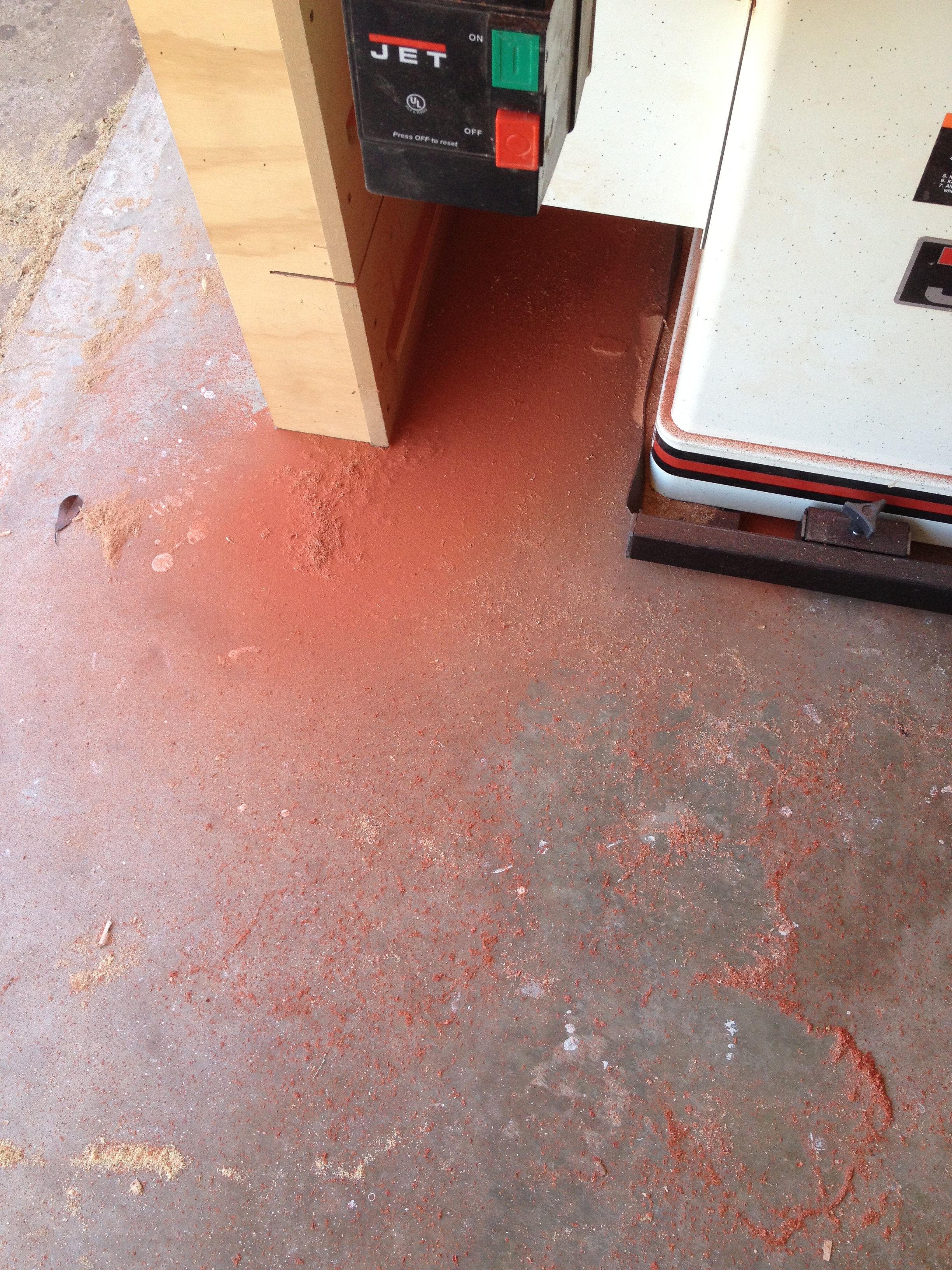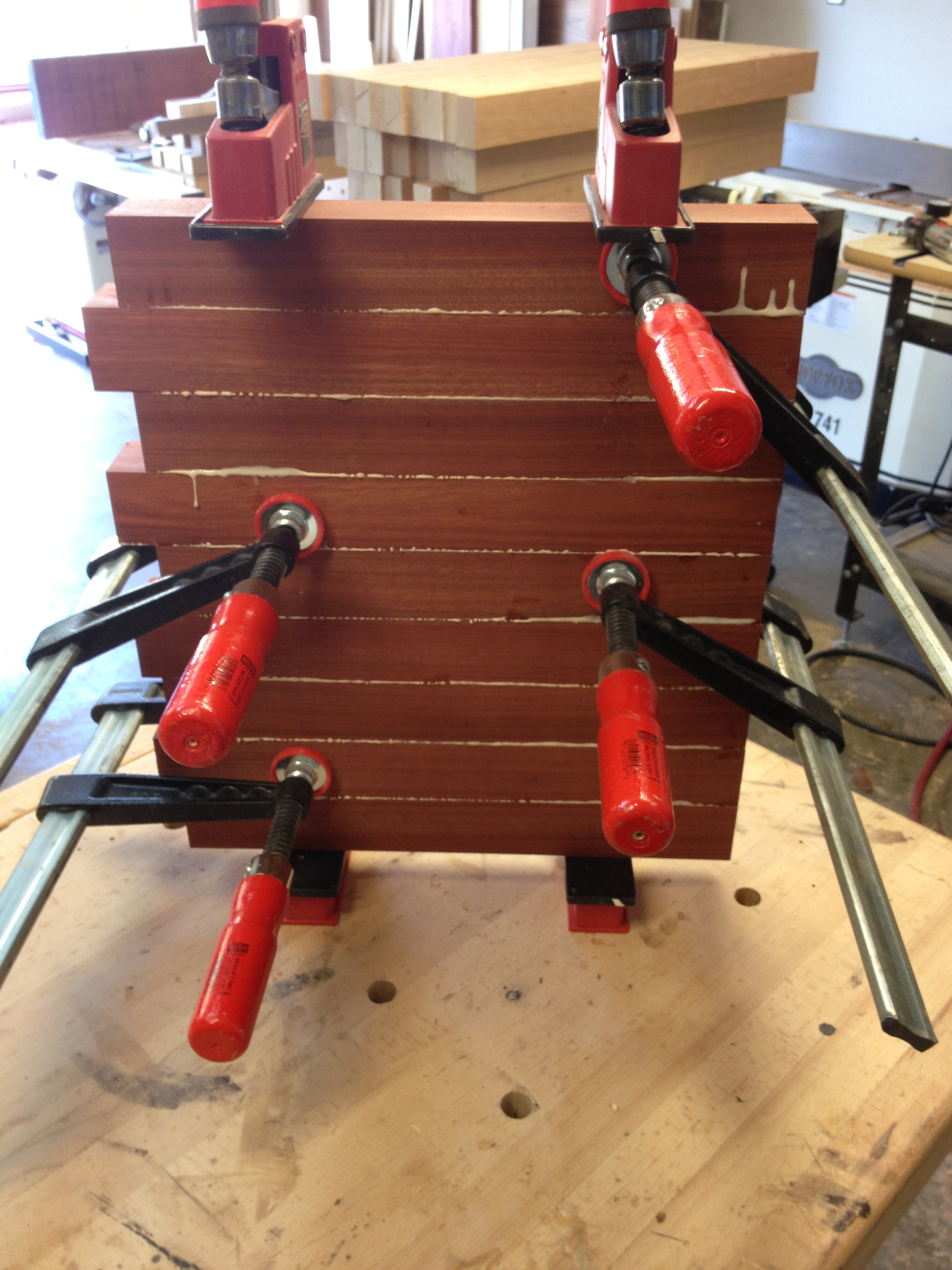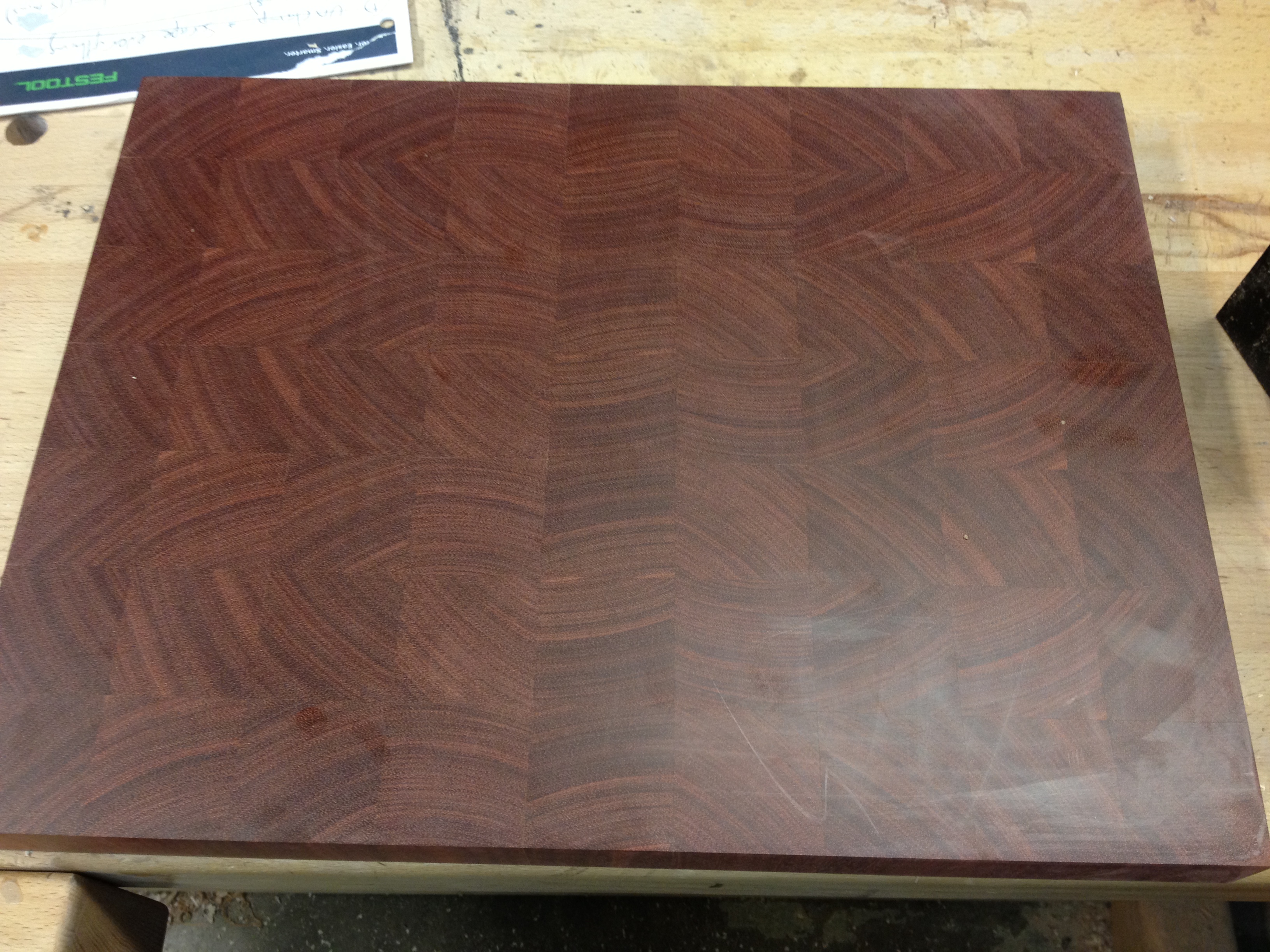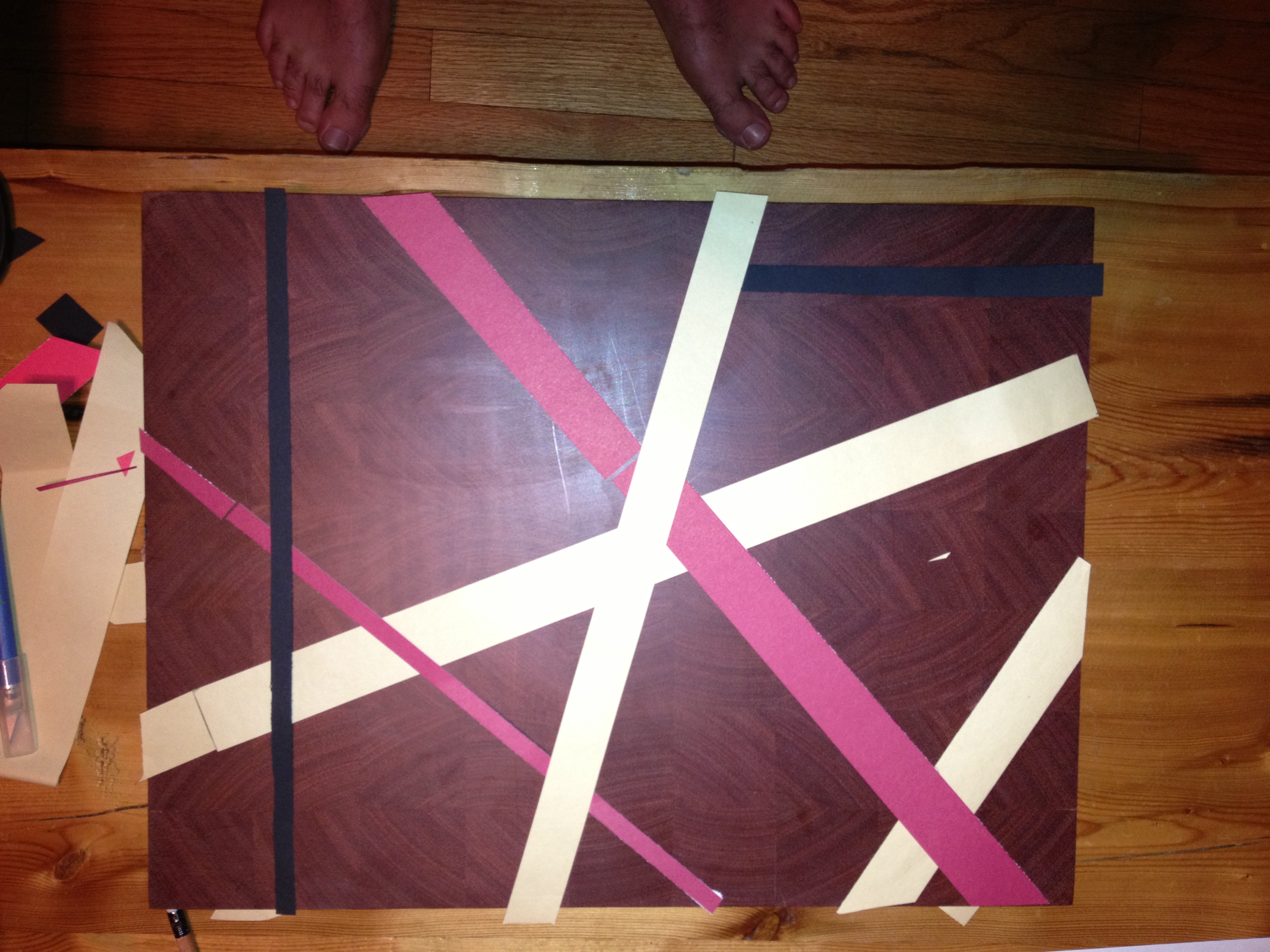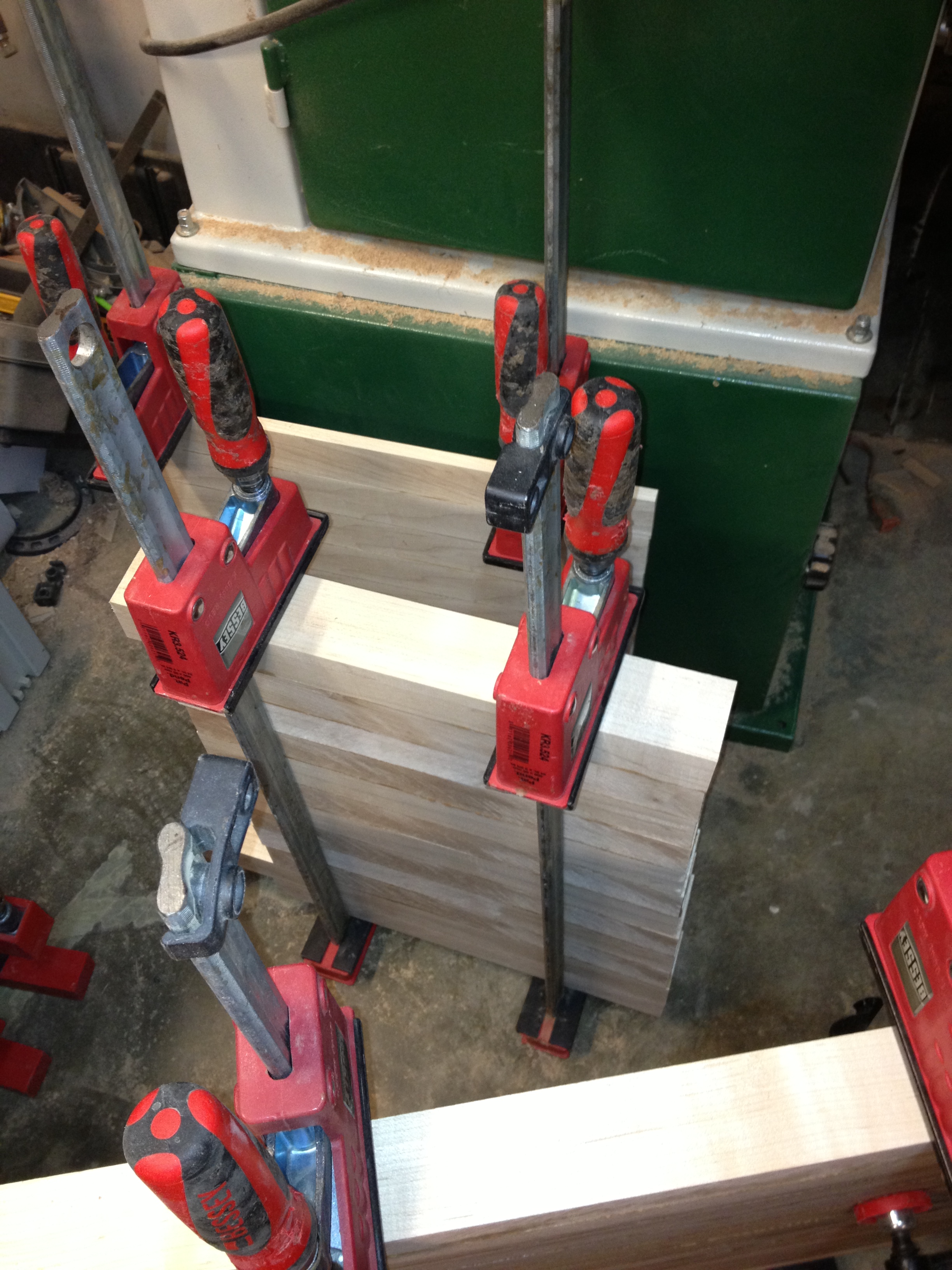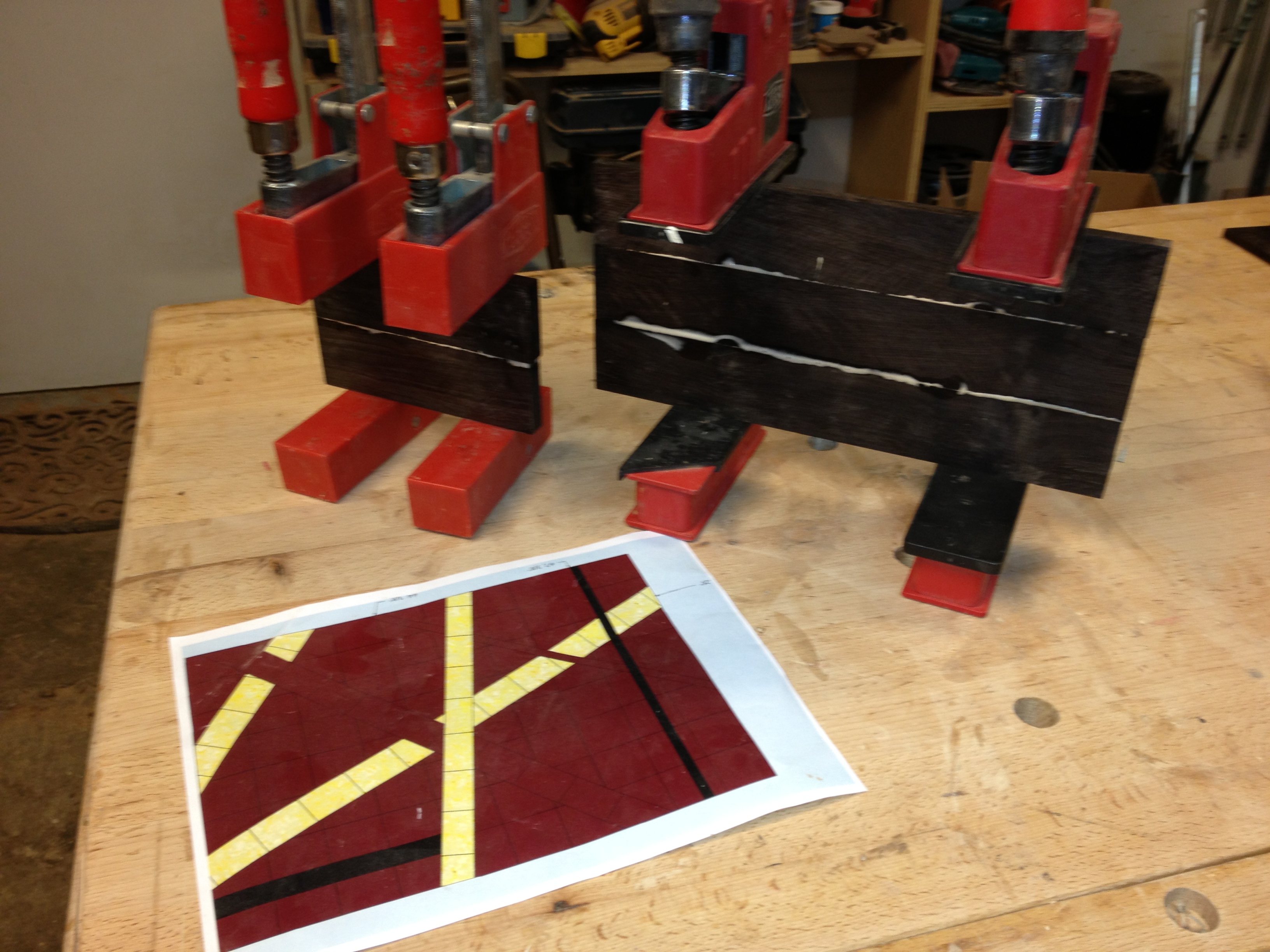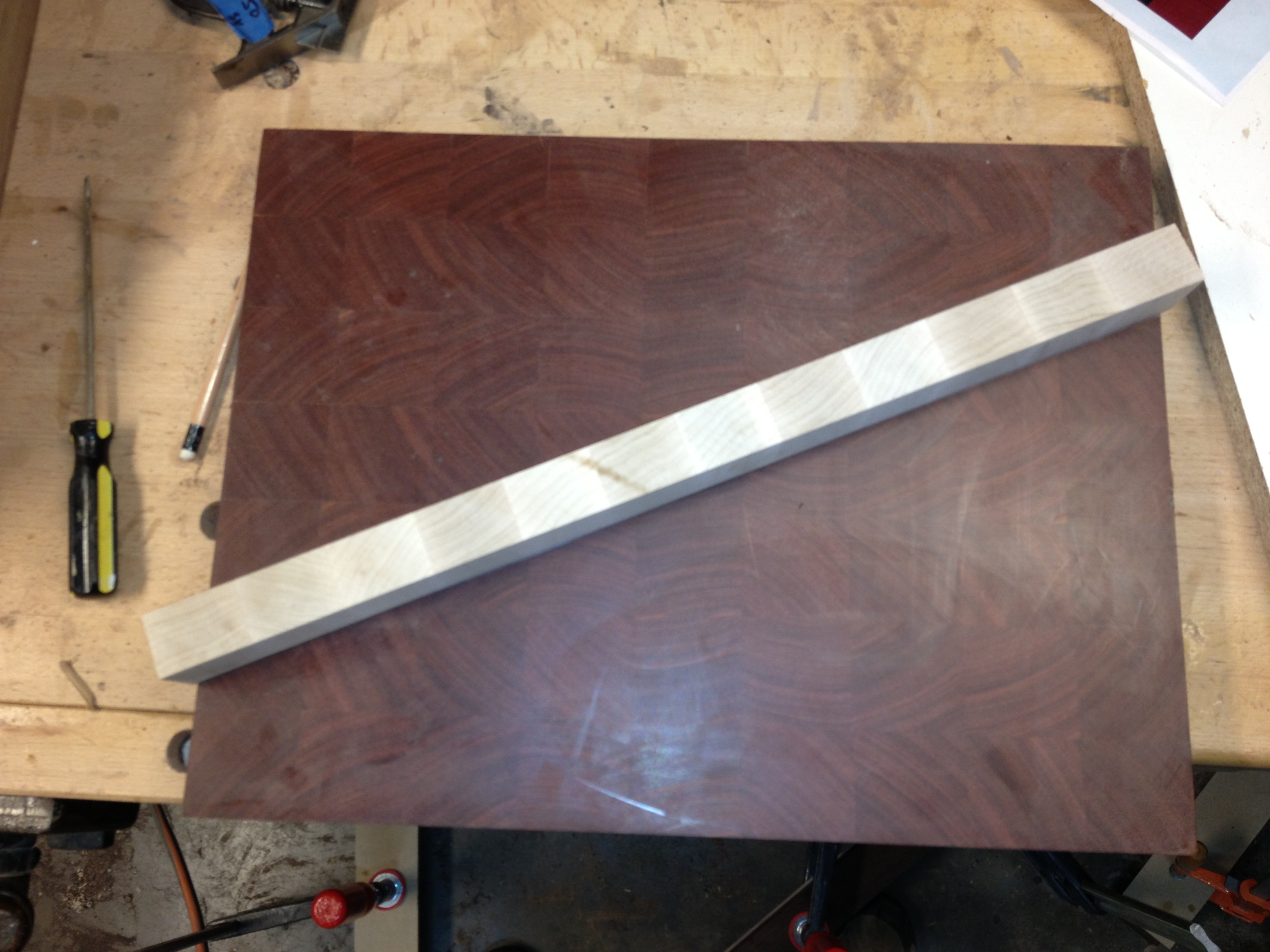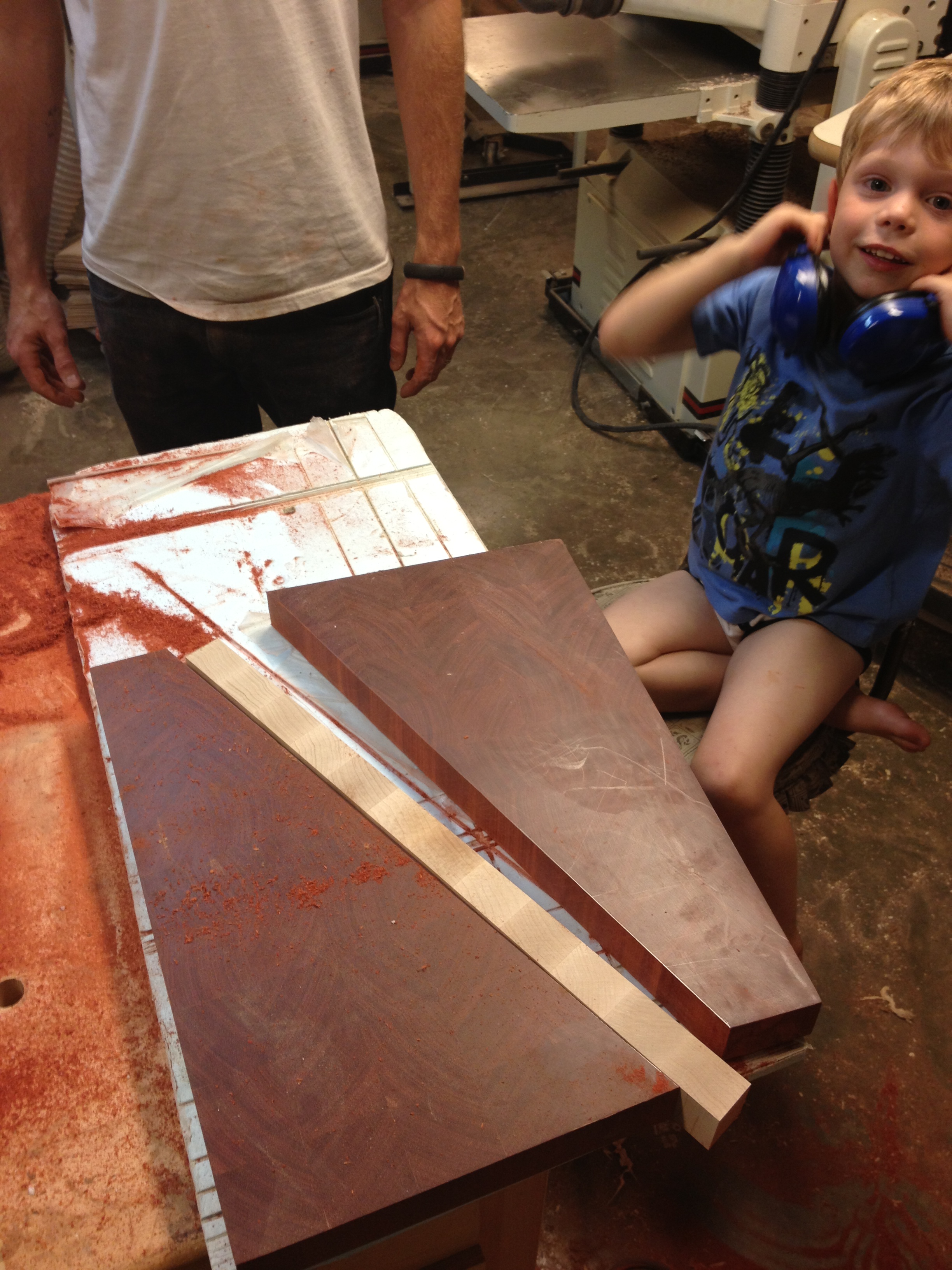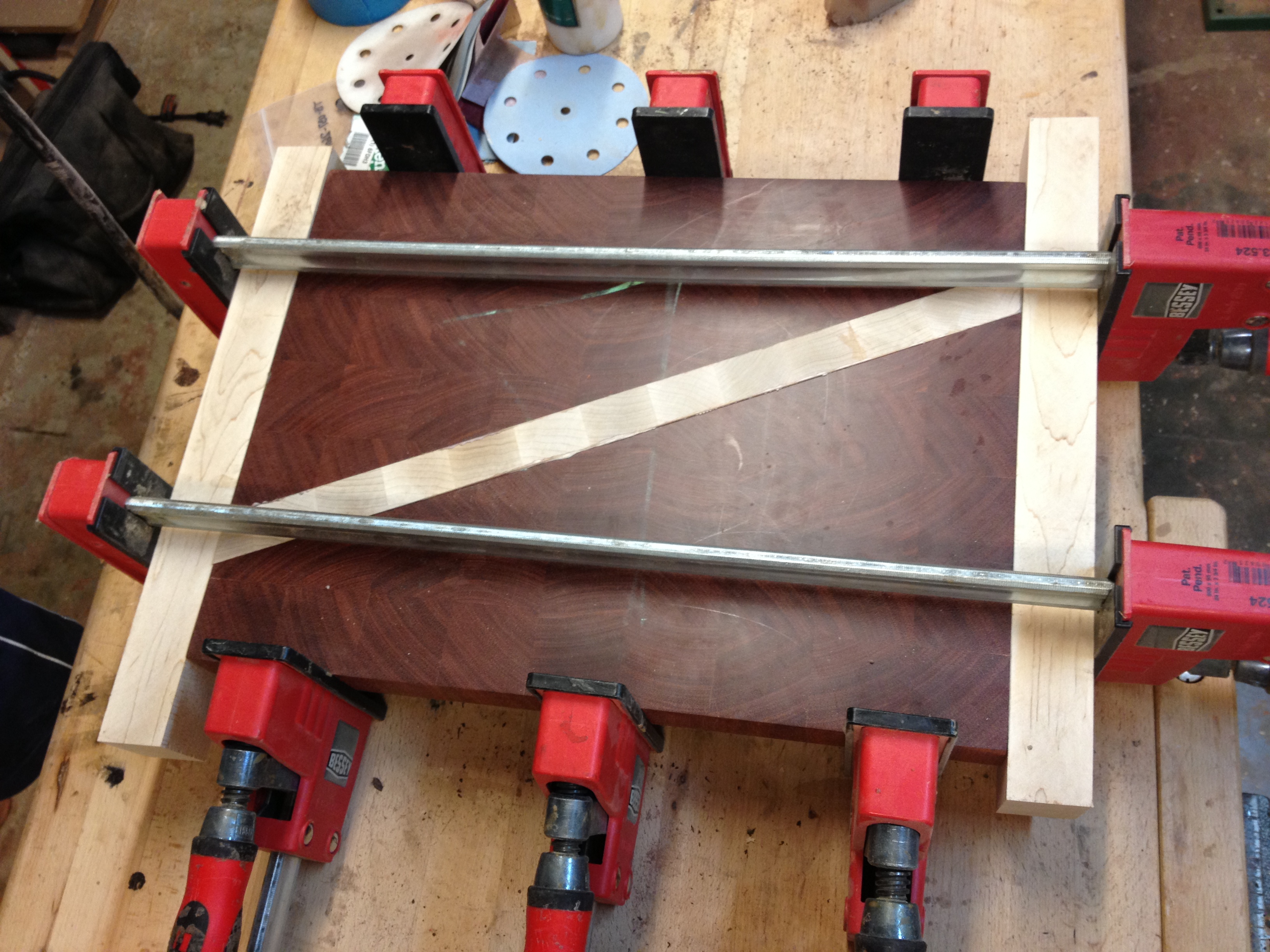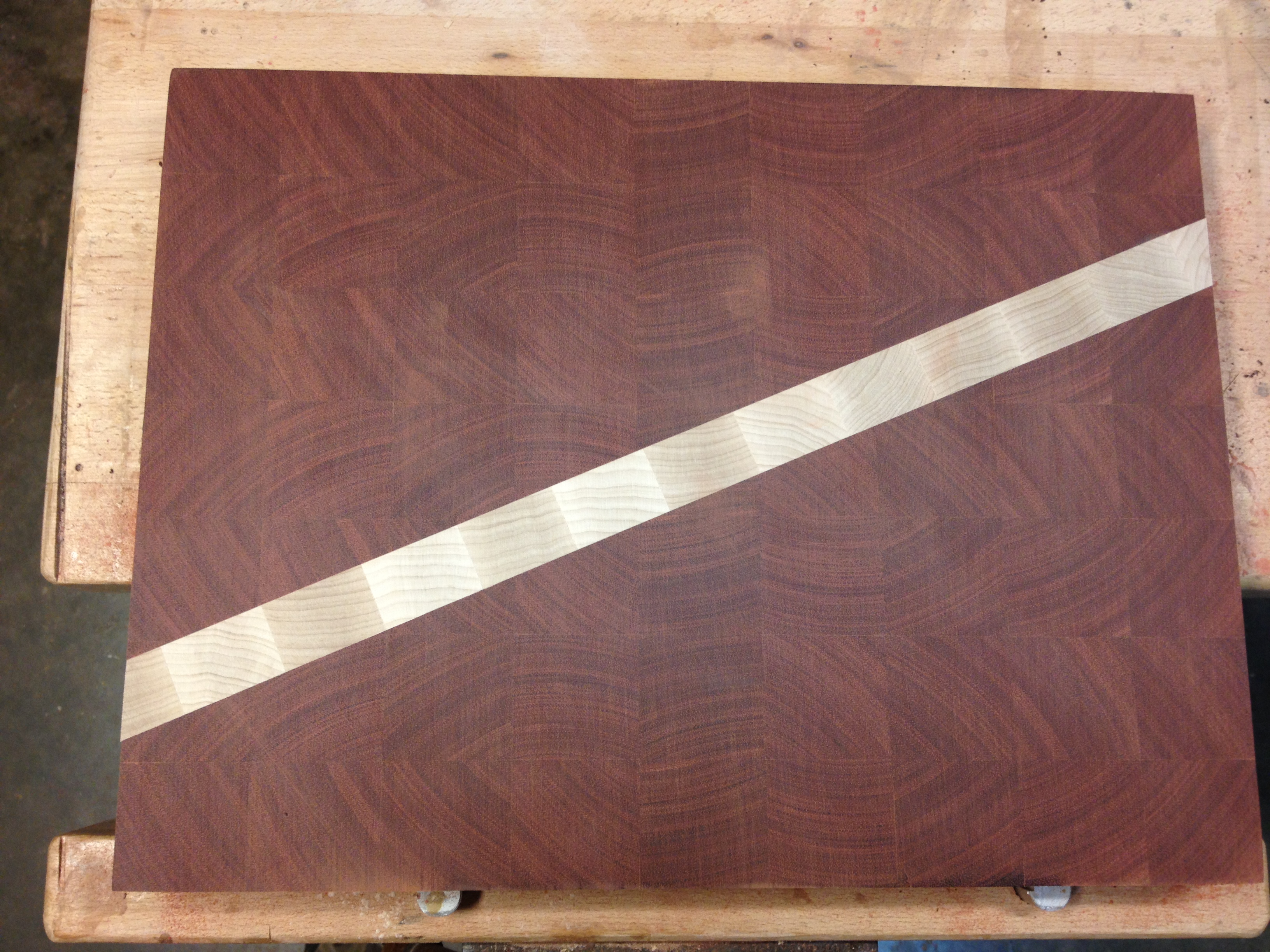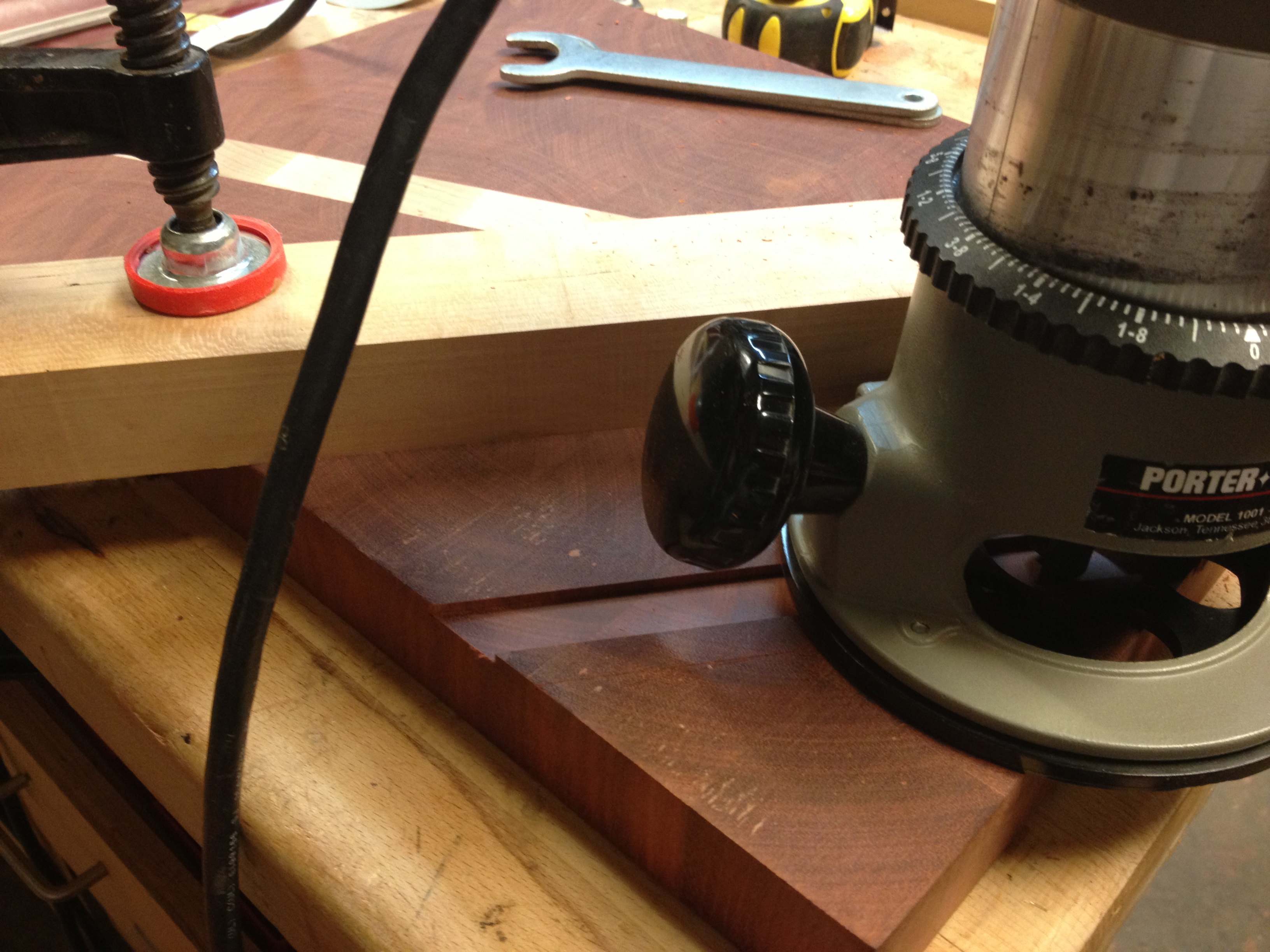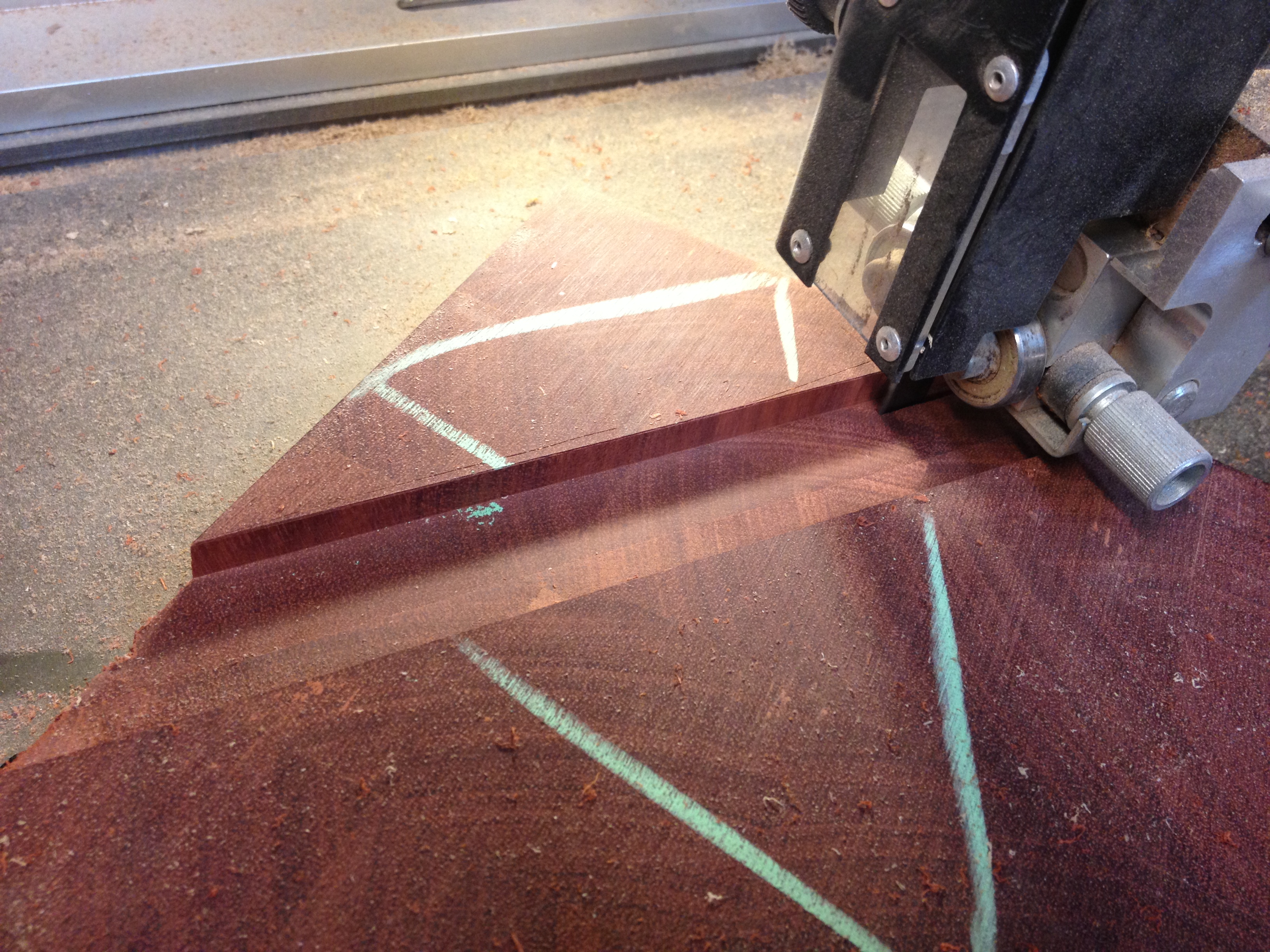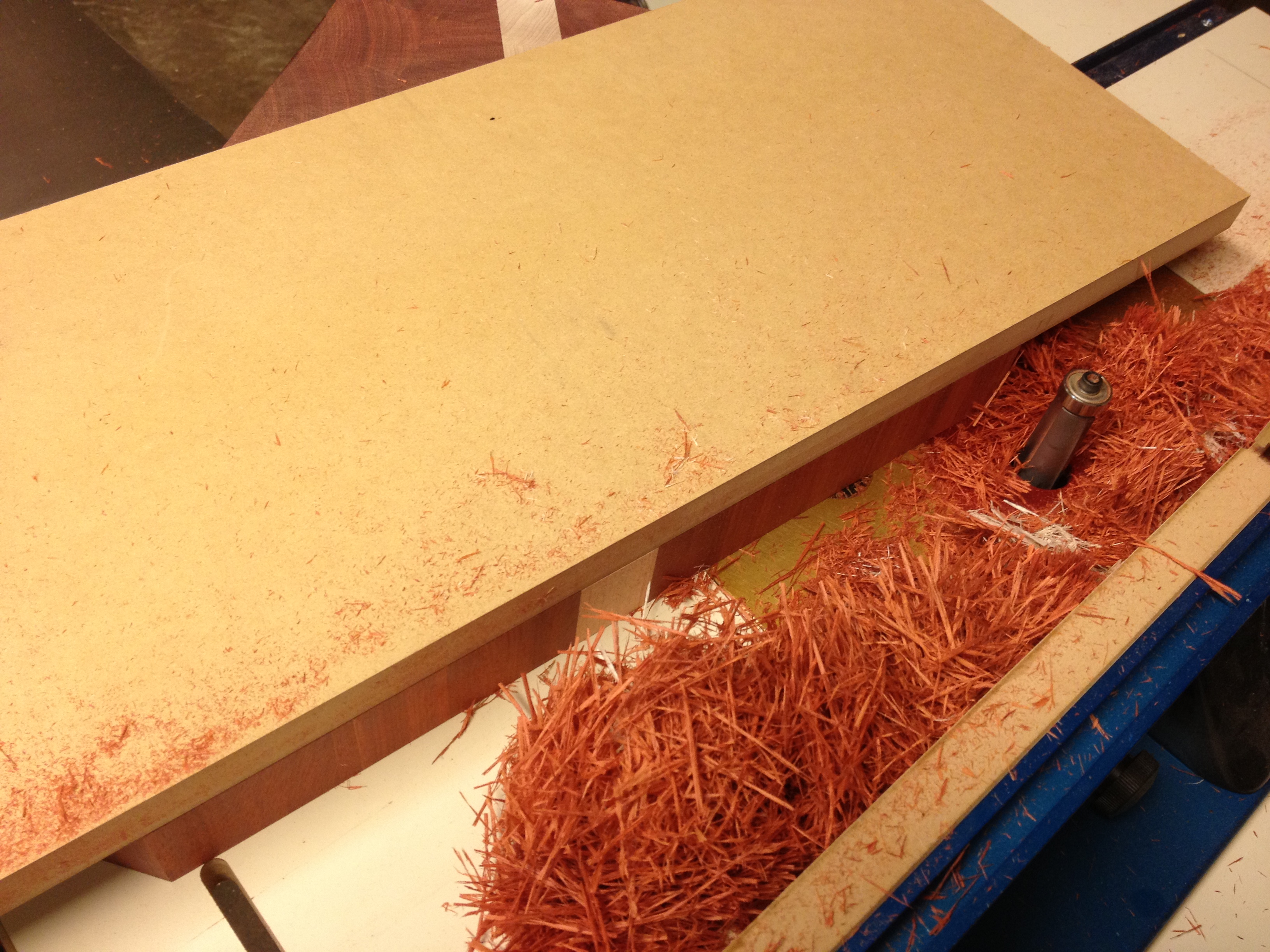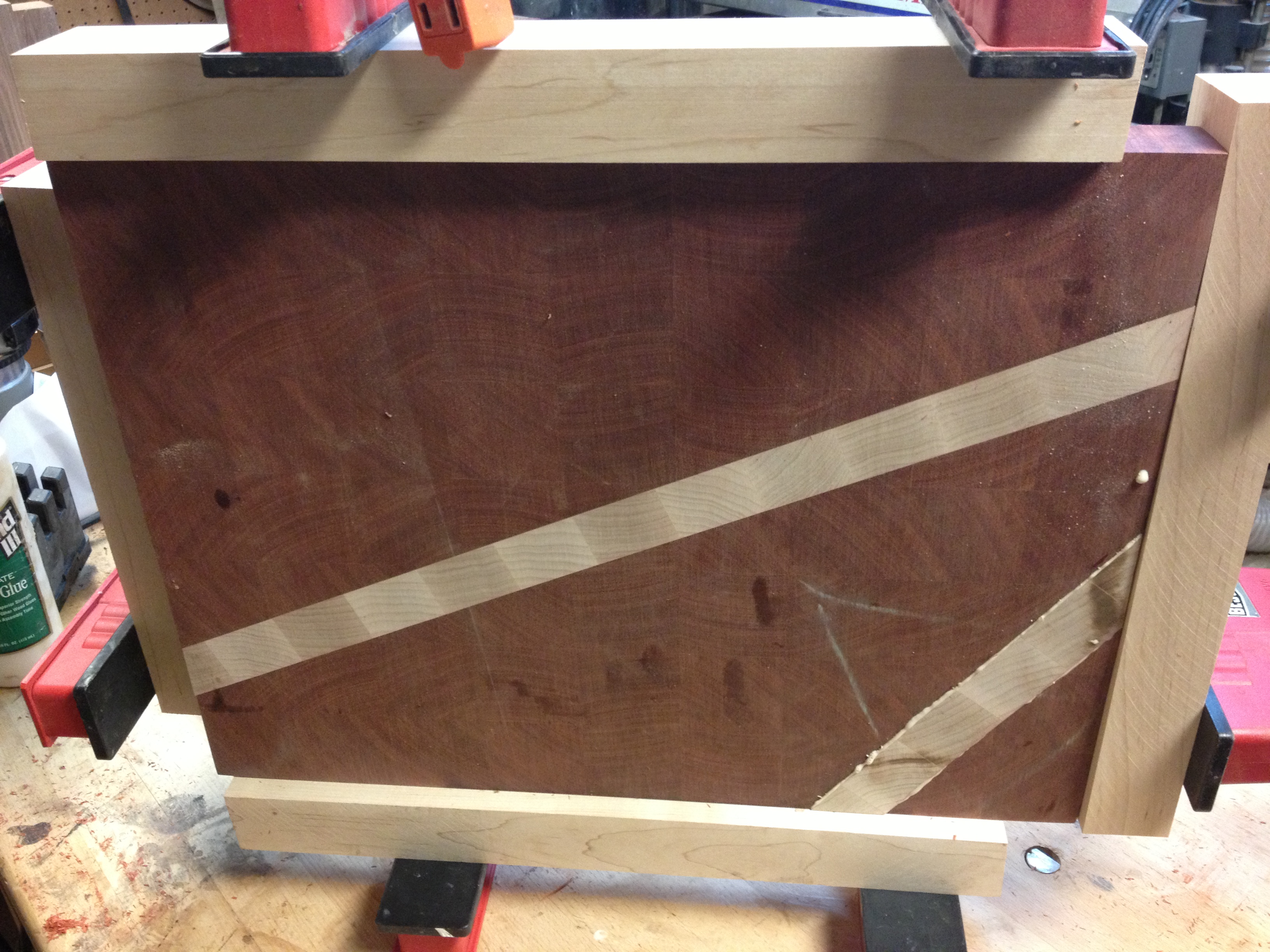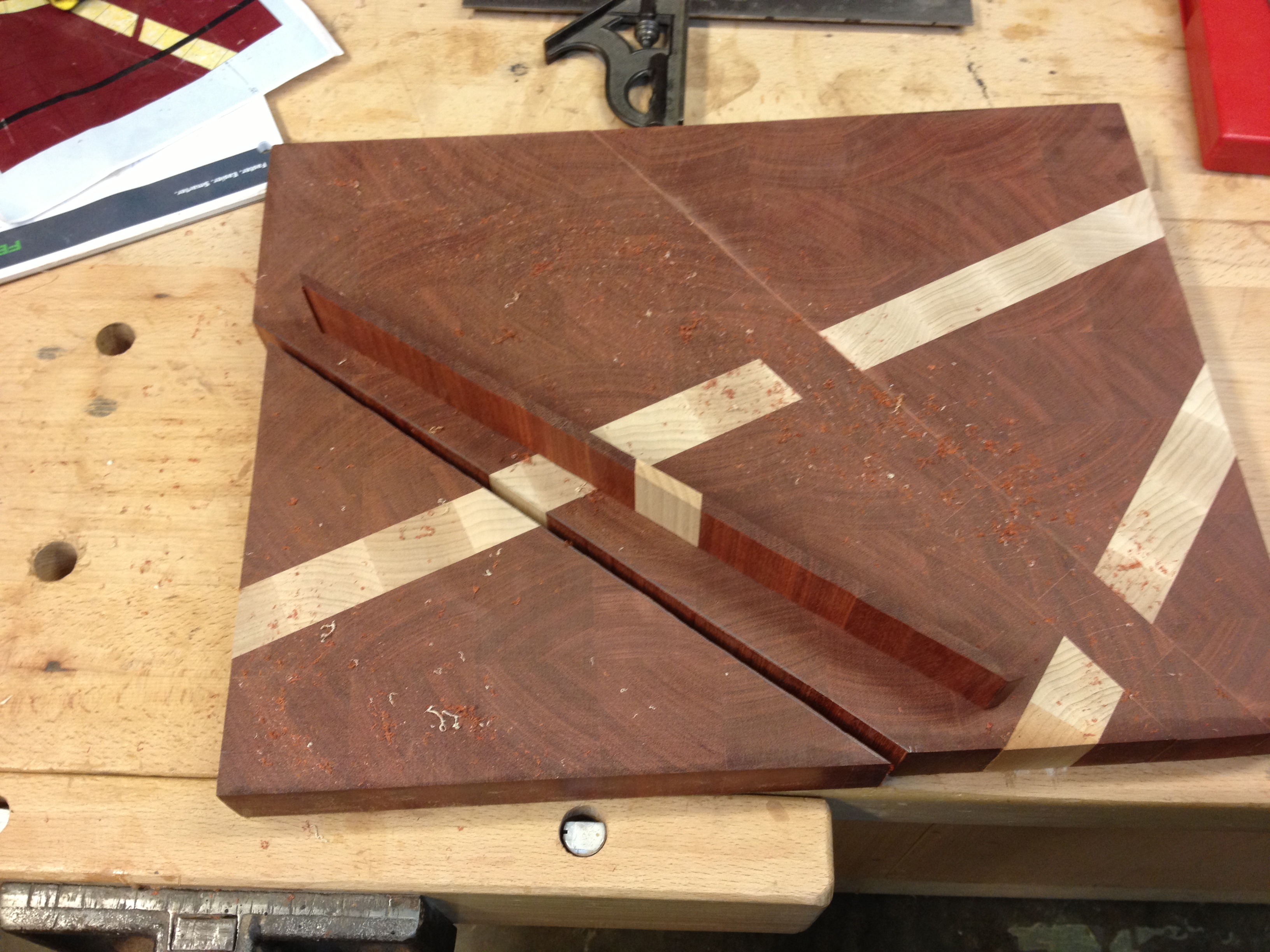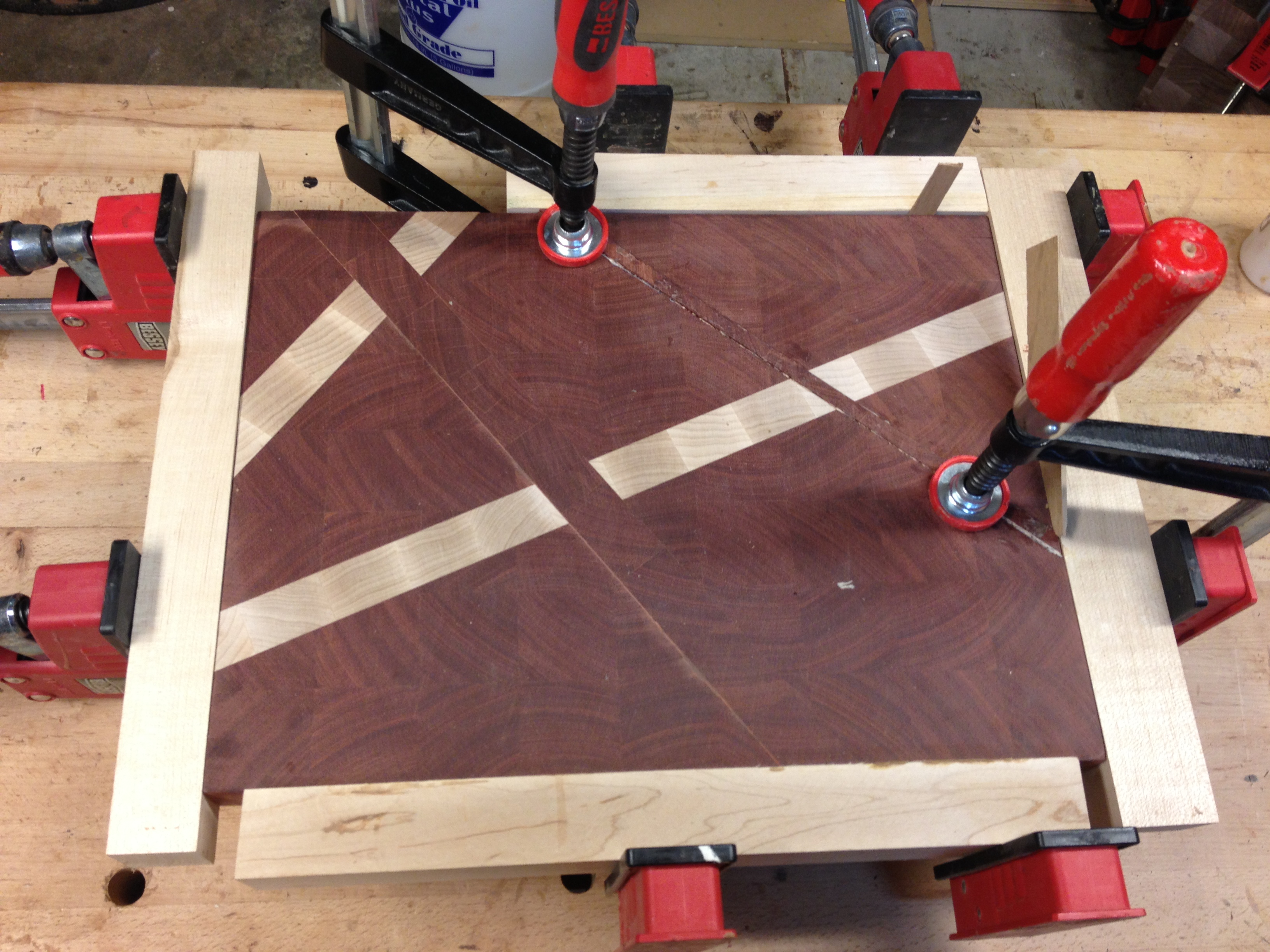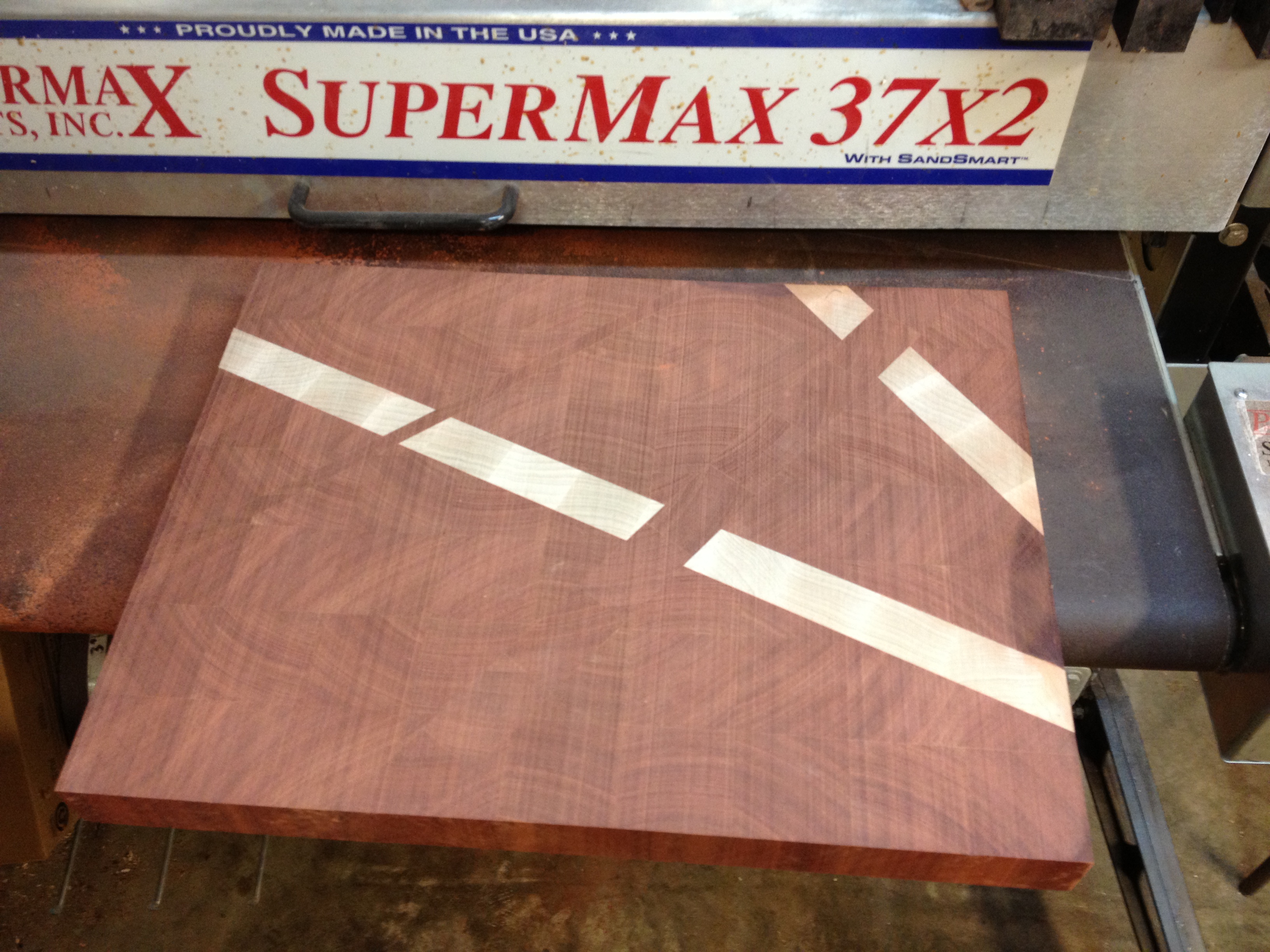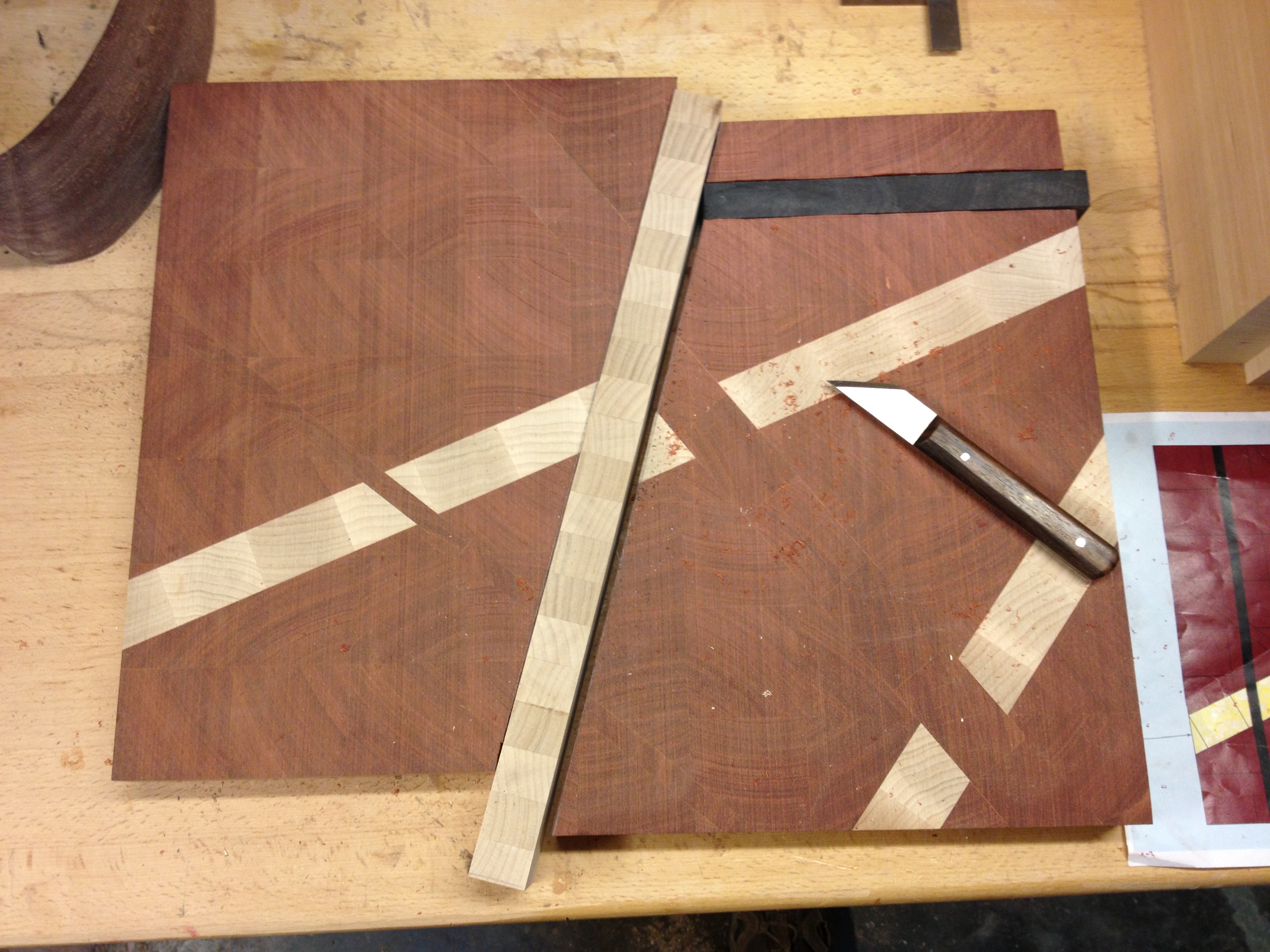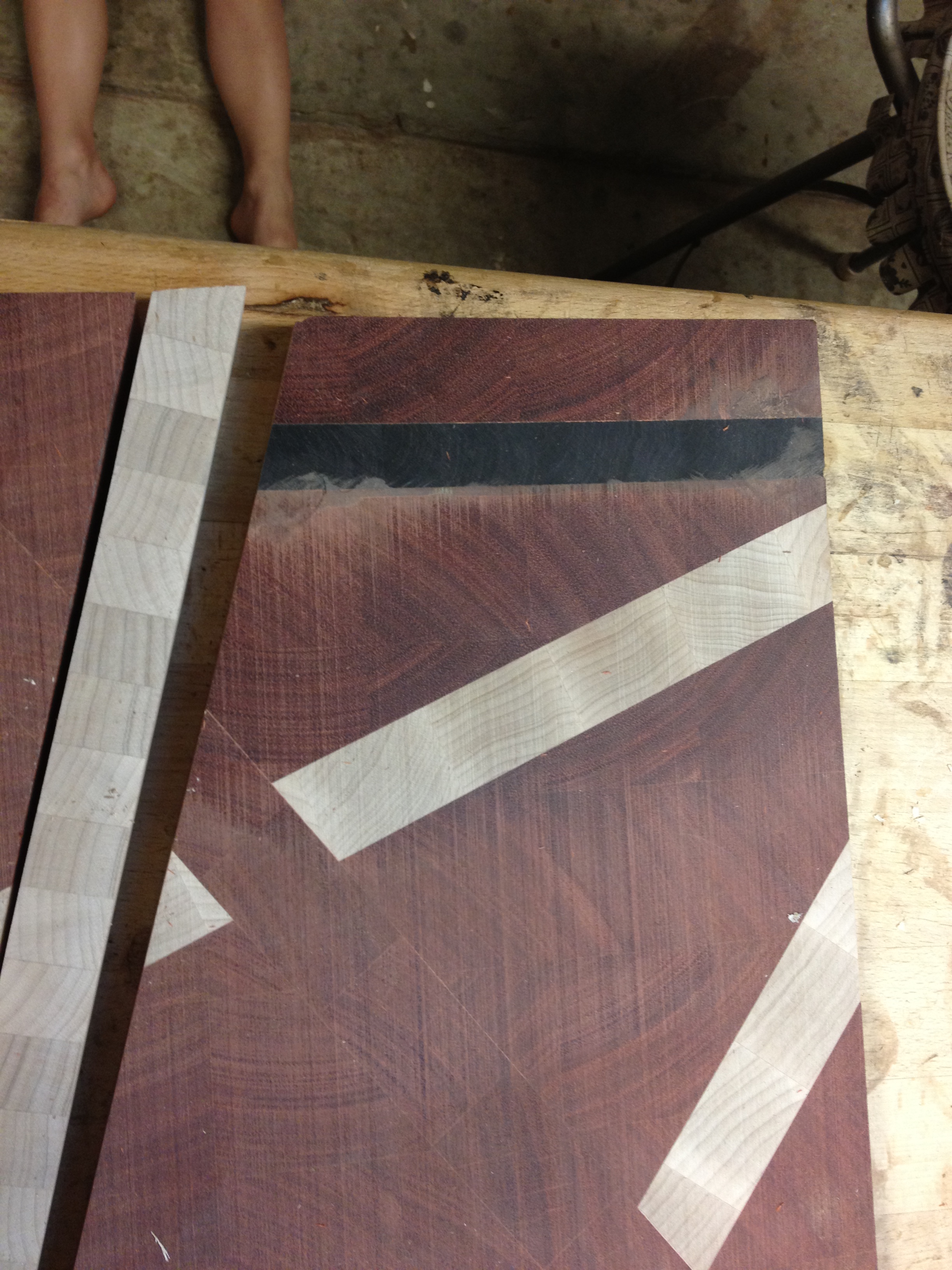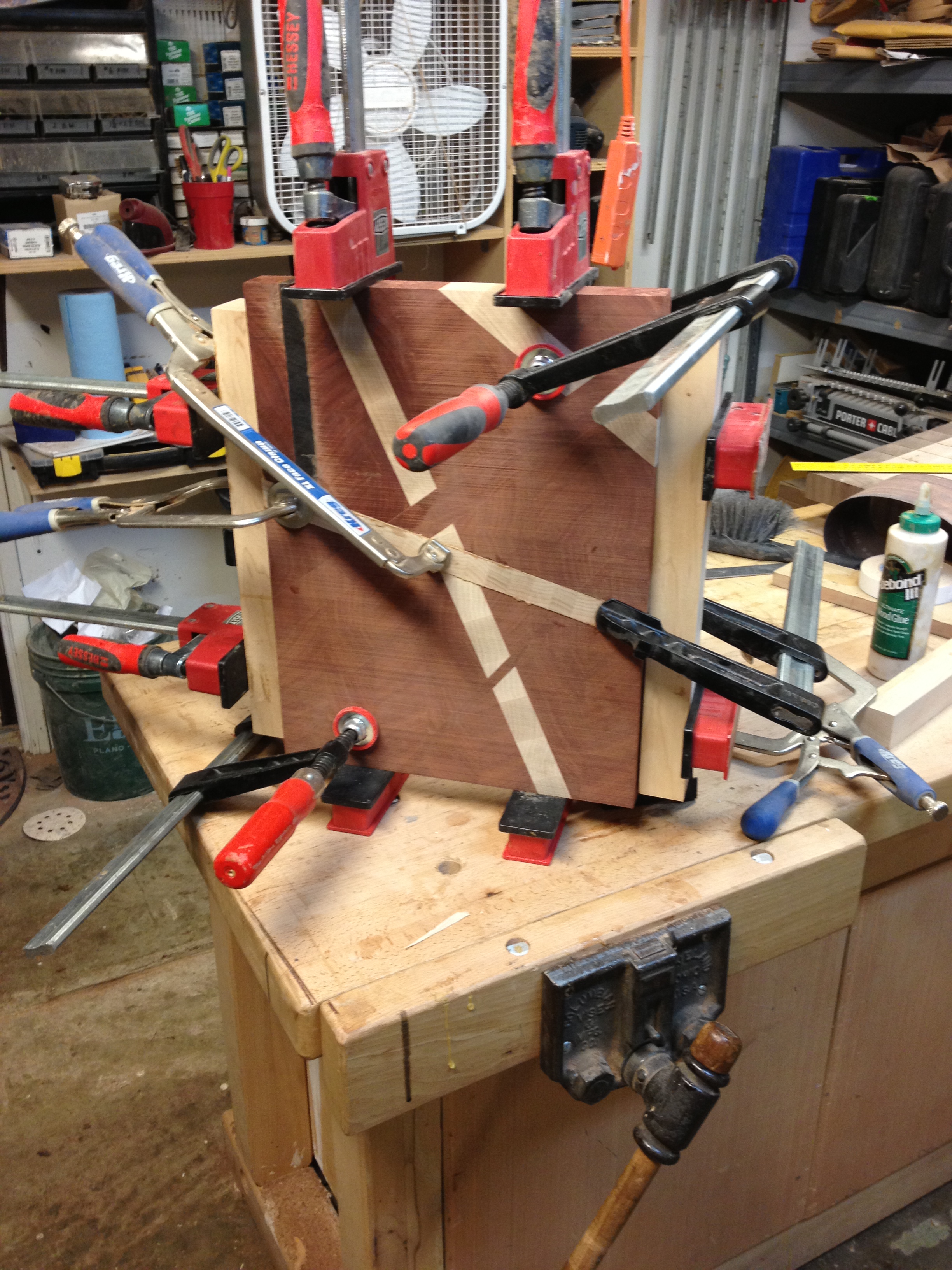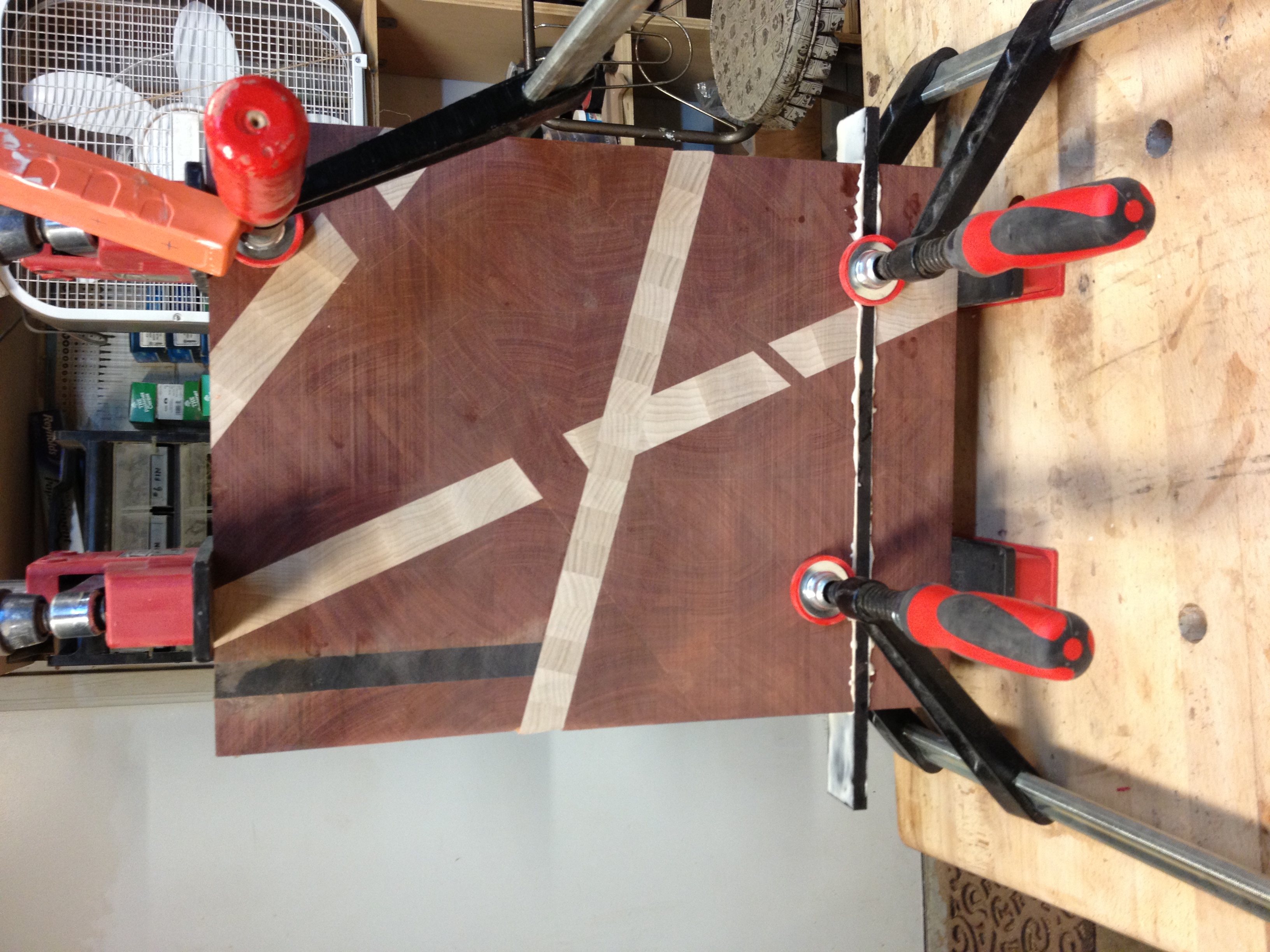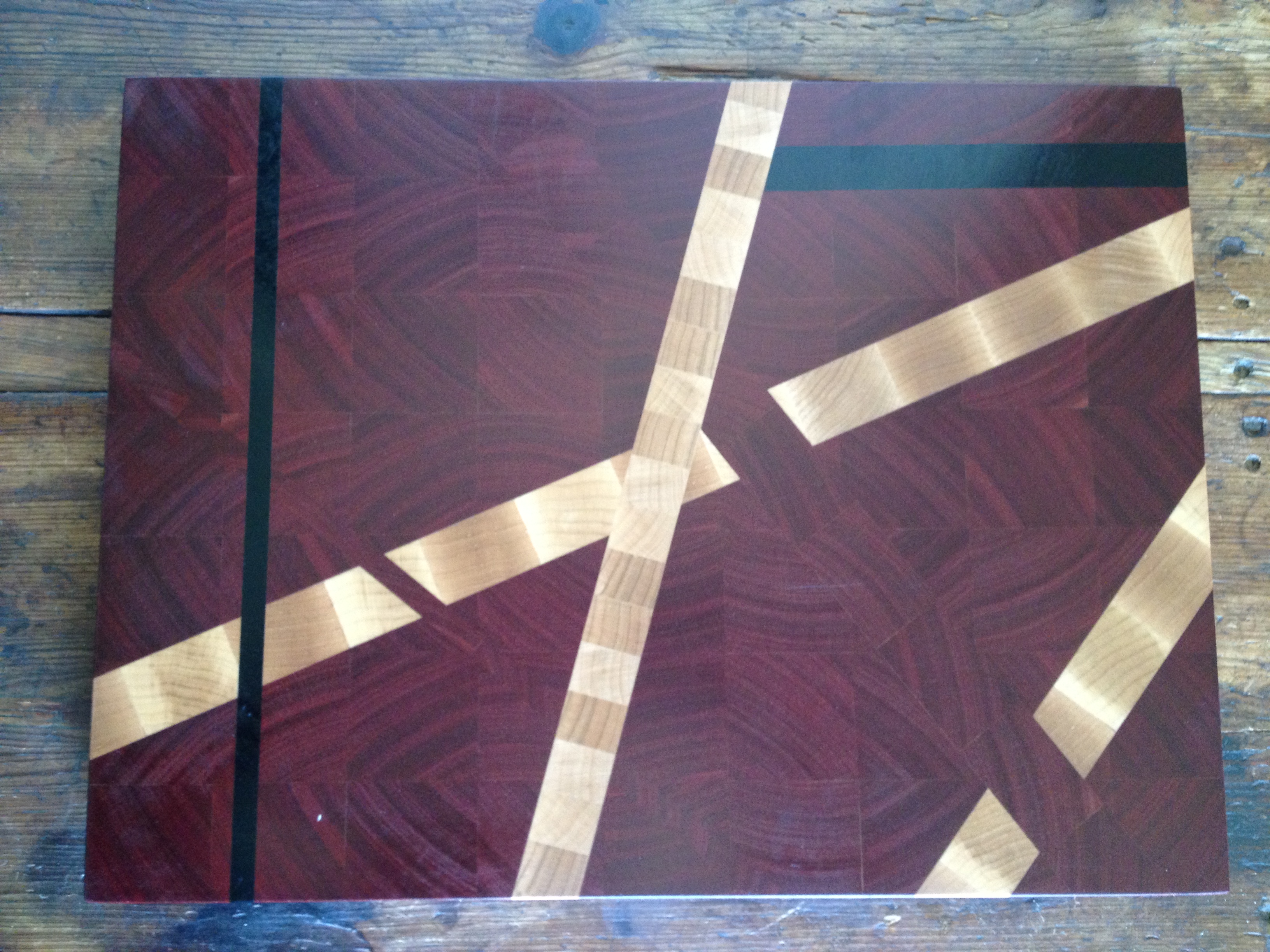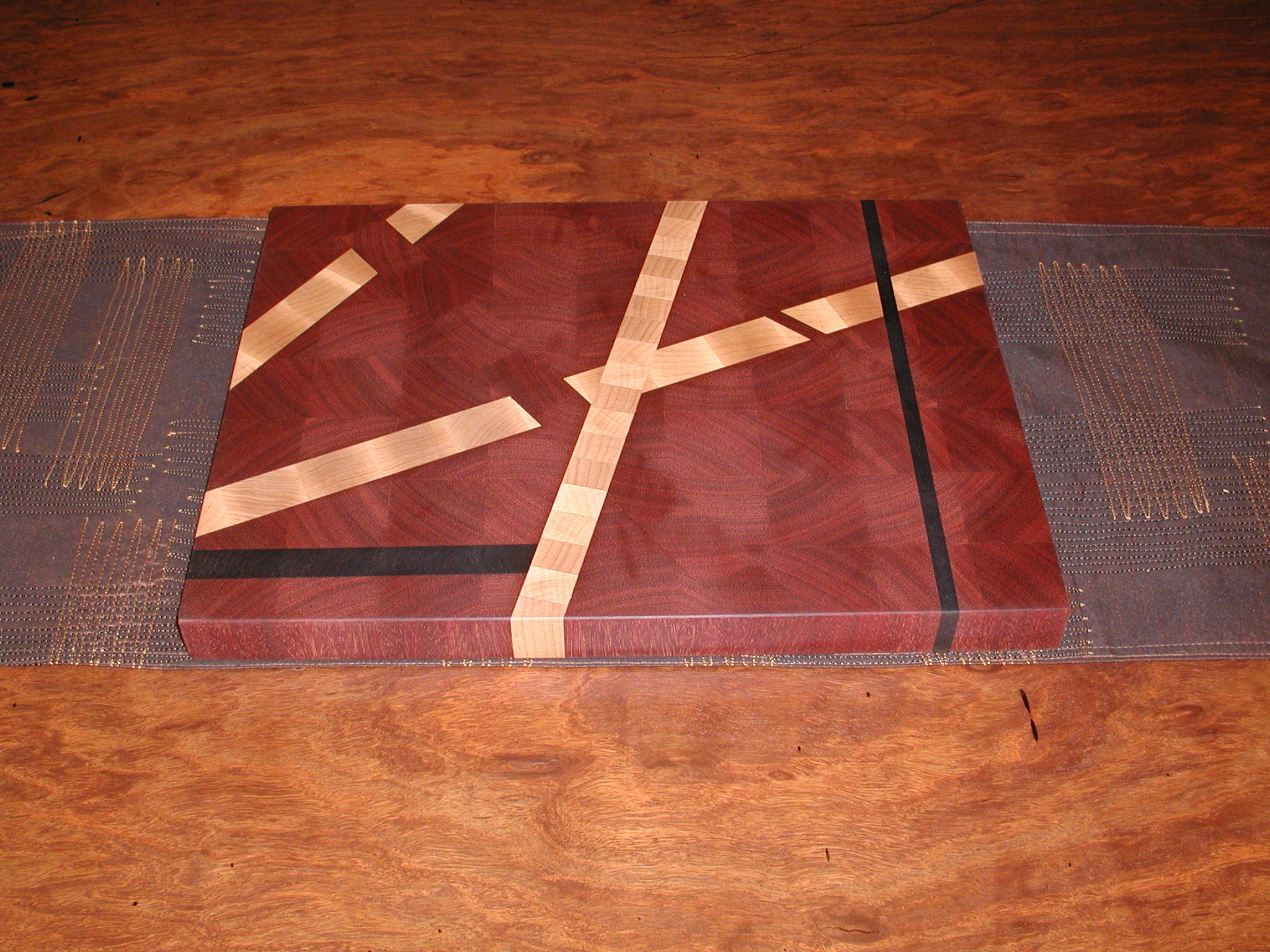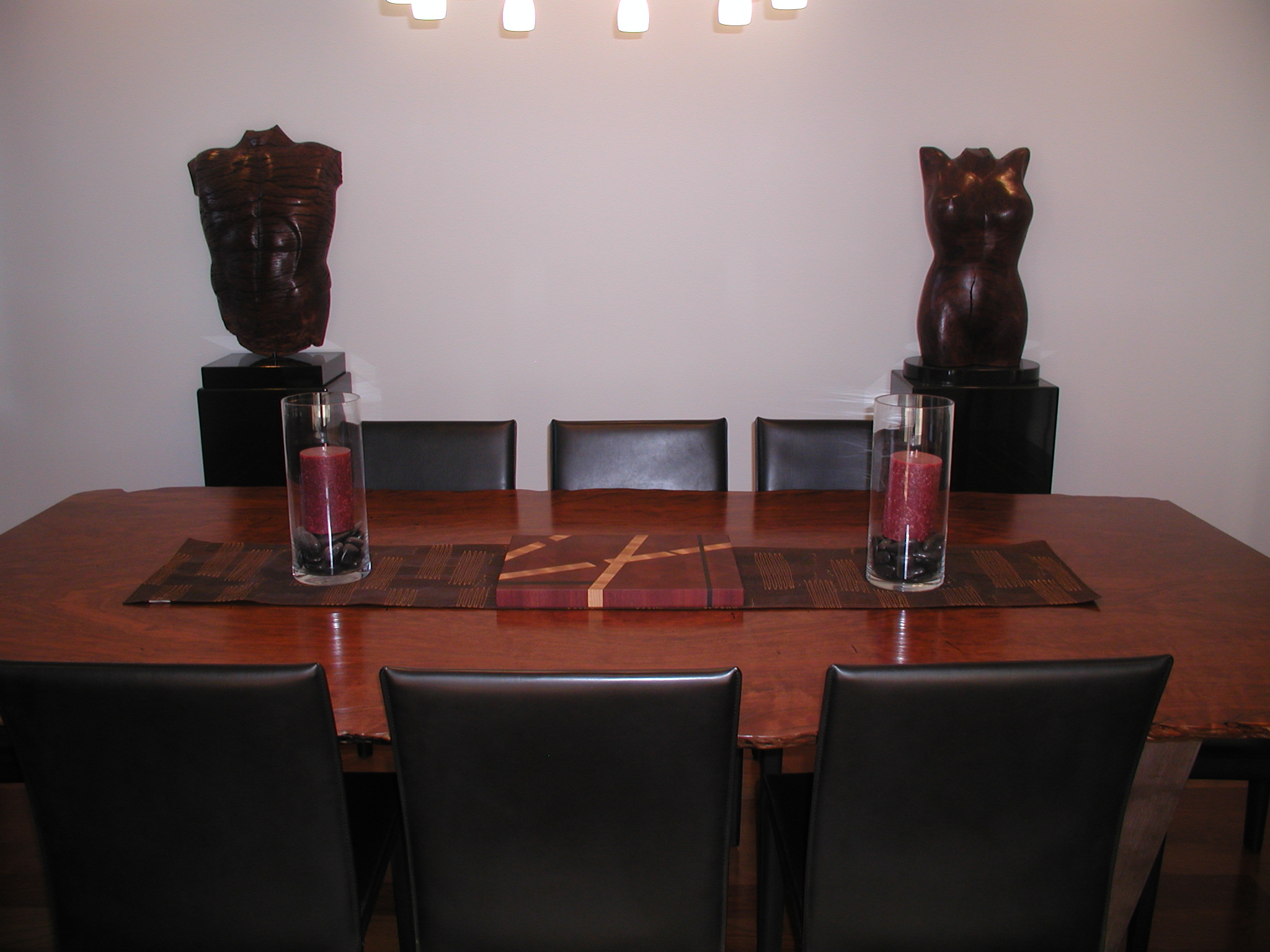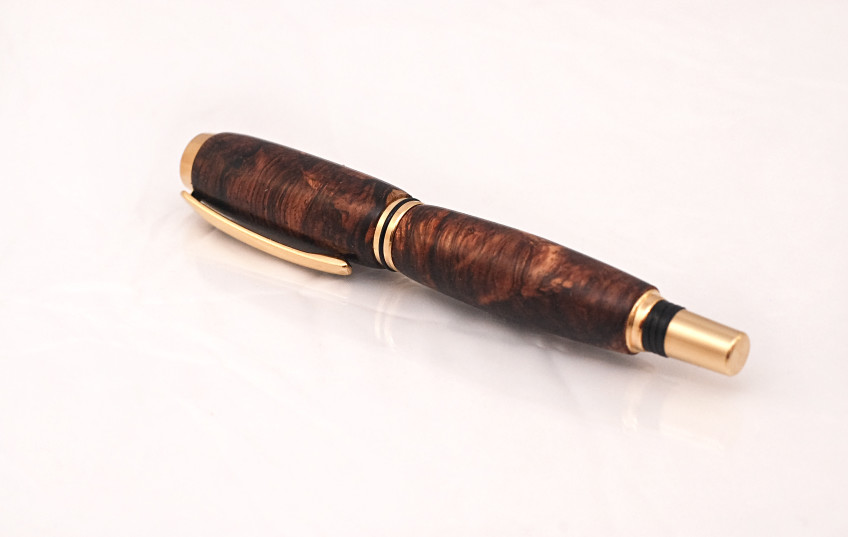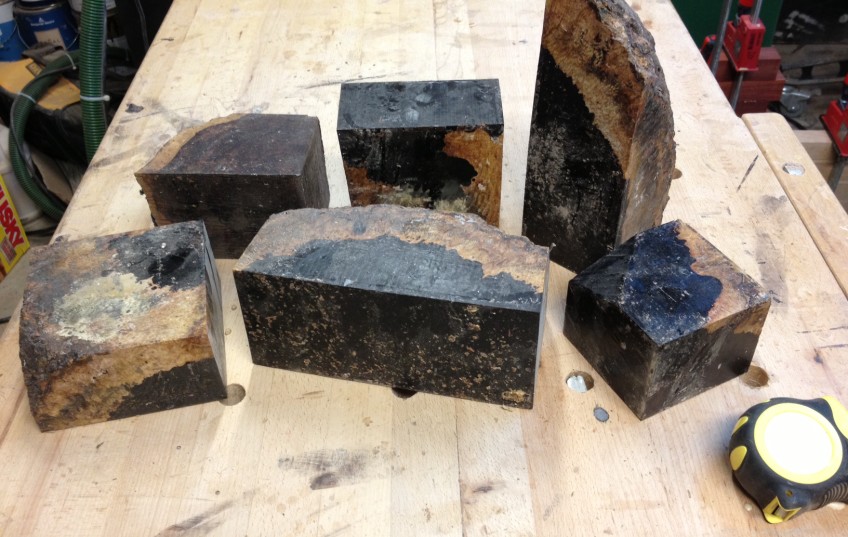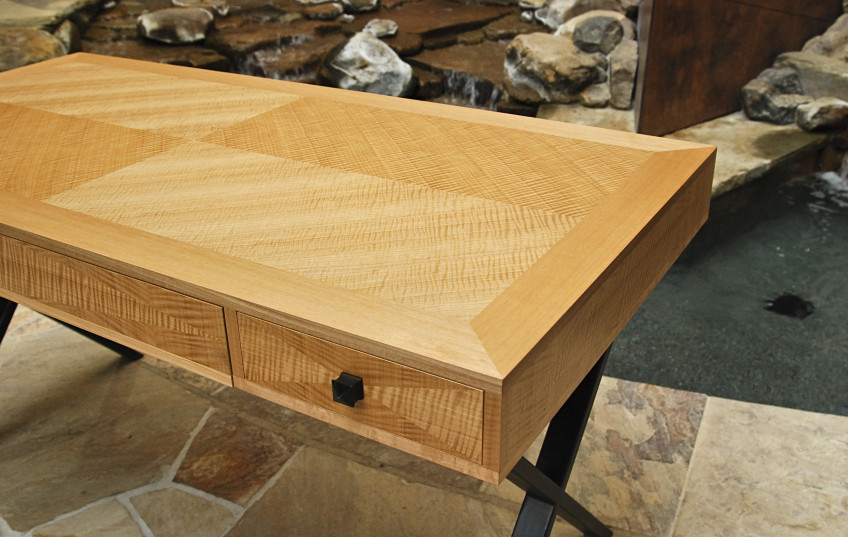In the four years I’ve been doing this for a living, there’s been one guy out there who set the standard of excellence in butcher block: David Smith of the BoardSMITH. I recently learned that he was retiring, and reached out to him. He was extremely gracious, and was willing to invest time and effort in me to allow me to do what I do better. After numerous conversations, we have now worked out an arrangement that will allow me to be the steward of his business, continuing his tradition of excellence in craftsmanship under the BoardSMITH brand. Going forward, LoneStar Artisans will focus primarily on fine furniture and cabinetry. The BoardSMITH will focus on butcher block and perhaps some other kitchen-related items.
Dave flew from High Point, North Carolina to Dallas and spent the entire week with me last week. His attention to detail is incredible, and his approach is one of the most deeply thought-out I’ve ever seen. We made a whole bunch of sawdust together, and my ultimate goal is to reproduce butcher block that will be indistinguishable from those that David produced himself.
His website should be fully up and running again next week, and we are both excited to see where this will go.
The very last butcher block cutting board that David made before closing up his North Carolina shop was a maple with walnut border (dubbed, “Tail End Charlie”). And the very first board we made together in Dallas was that same style of board, seen in the picture.
www.theboardsmith.com
(Photo credit: Barb Haseman)

